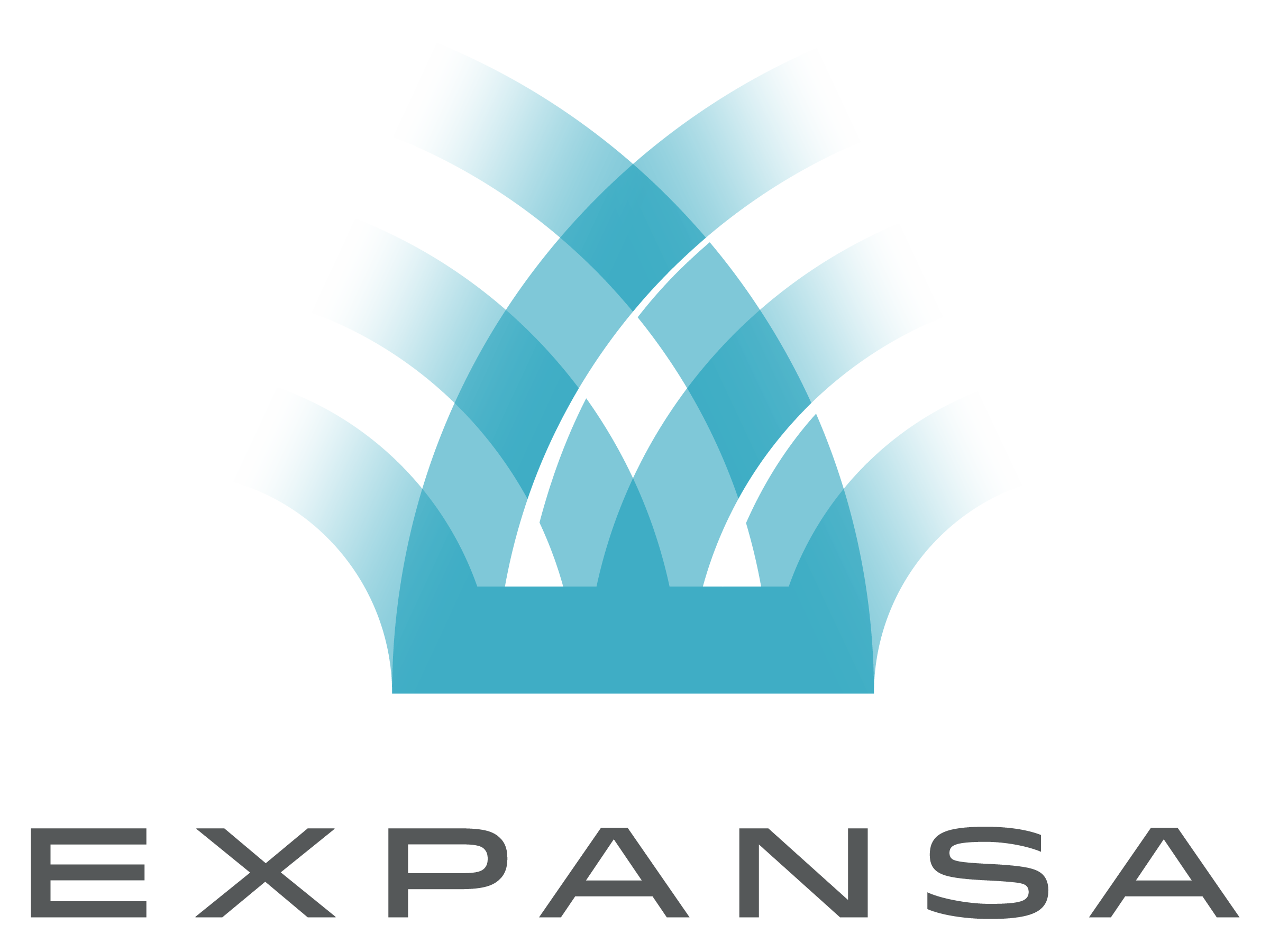By definition, ions are charged atoms or molecules. When an ionic substance is dissolved in water, its
molecules dissociate into cations (positively charged particles) and anions (negatively charged particles). Taking advantage of this characteristic, IX selectively replaces ionic substances based on their
electrical charges. This is accomplished by passing an ionic solution through an IX resin that serves as
a matrix where the ion exchange reaction can take place.
Most commonly, IX resins take the form of tiny, porous microbeads, though they are sometimes available
as a sheet-like membrane. IX resins are fashioned from organic polymers, such as polystyrene, which form a network of hydrocarbons that electrostatically bind a large number of ionizable groups. As the process or waste stream flows through the IX resin, the loosely held ions on the surface of the resin are replaced by ions with a higher affinity for the resin material.
Over time, the resin becomes saturated with the contaminant ions, and must be regenerated or recharged. This is accomplished by flushing the resin with a regenerant solution. Typically consisting of a concentrated salt, acid, or caustic solution, the regenerant reverses the IX reaction by replenishing the
cations or anions on the resin surface, and releasing the contaminant ions into the wastewater.
The most common application of IX is sodium zeolite softening, though other popular applications include
high-purity water production, dealkalization, and metals removal. IX can be an extremely effective strategy for removal of dissolved contaminants, though IX resins must be carefully chosen based on the substances present in the feed stream, as listed below.
